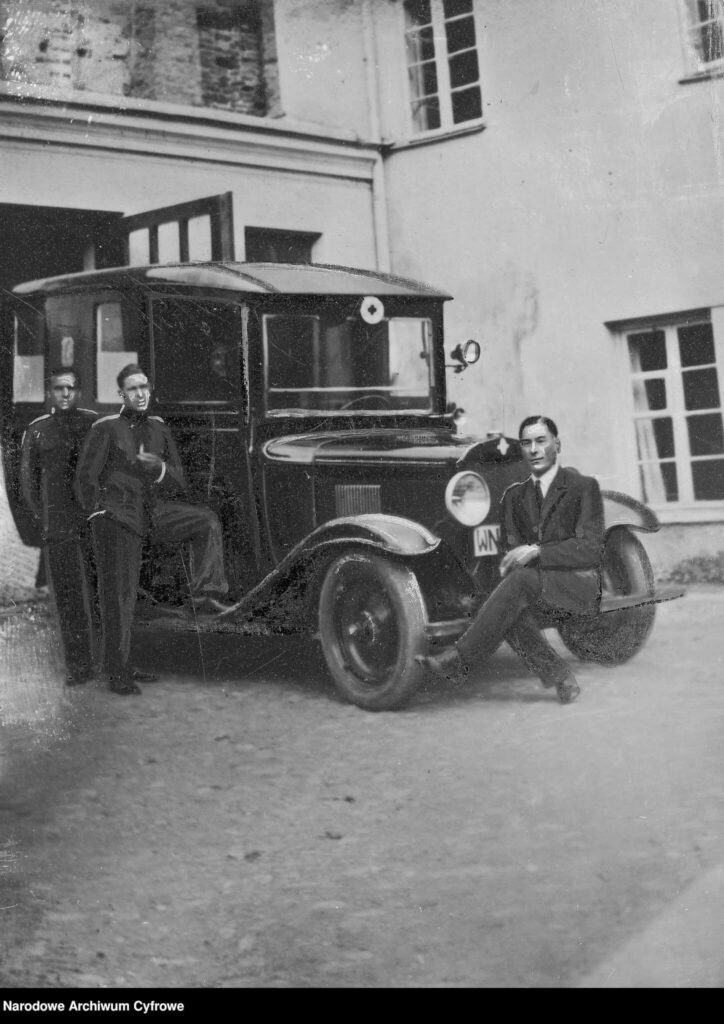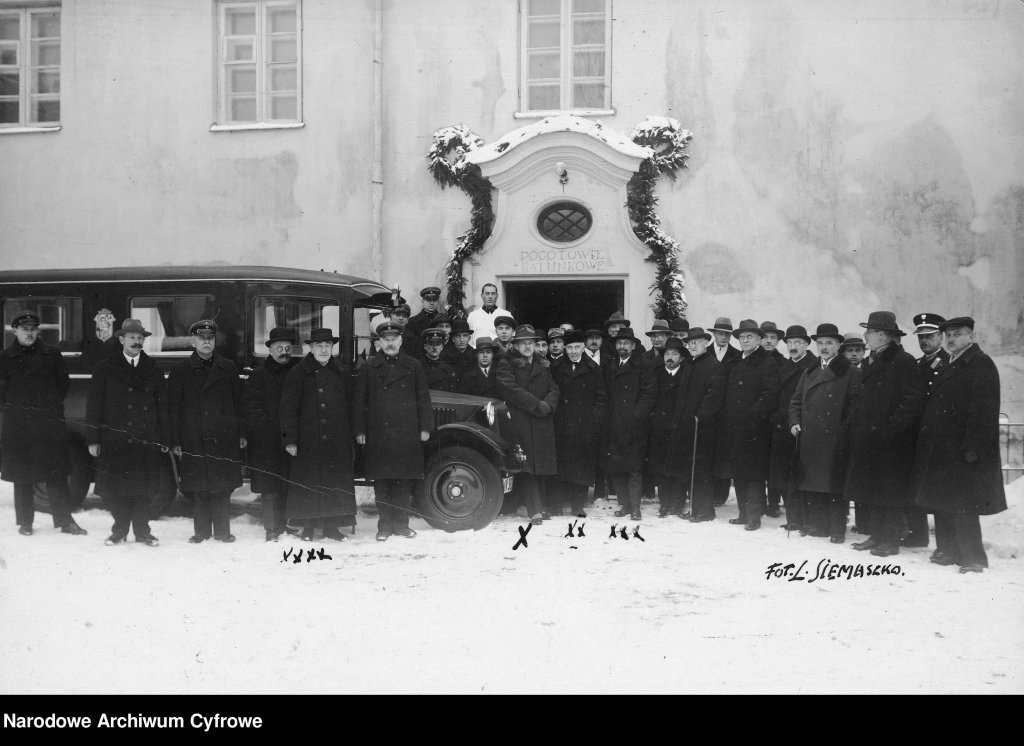A major disaster prompted the creation of Europe's first ambulance service. in 1881 Originated at the Royal Opera House in Vienna fire took nearly 500 lives. Many of them died on the way to the hospital. On the initiative of Professor Jaromir von Mundy, who witnessed the events, the Vienna Voluntary Rescue Society was soon established. In 1887, similar societies began to be established in Berlin and London. in 1899 Vilnius intelligentsia submitted a project to the governor, which, if implemented, would have made Vilnius one of the first Eastern European cities to have an ambulance station.
in 1899 December 20 The approved statutes of the society stated: "The purpose of the society is to provide free medical assistance in the event of accidents on the streets of Vilnius city, in all public places, factories, factories, railroads and elsewhere - in the city of Vilnius and its suburbs."
Unfortunately, this project was implemented only three years later - in 1902. December 8 Vilnius became the fifth city of Tsarist Russia where such an institution was established. The capital was surpassed in this aspect by three cities of present-day Poland (Warsaw, Łódź, Częstochowa) and Kyiv, the capital of present-day Ukraine. Vilnius, in turn, surpassed the great cities of the empire - Moscow and Petersburg, as well as Riga and Tallinn.
Count Vladislovas Tiškevičius was elected president of the Emergency Medical Aid Society. His wife, Marija Kristina, was the patron of the support fund, which attracted many representatives of high society as supporters.
But the beginning was not easy. In 1902, Vladislaus bought two horse-drawn carriages and two bags of medical supplies from Vienna with his own money, which were shared by five doctors and four paramedics who were on duty XNUMX hours a day, ready to go to the disaster site at any time.
First Vilnius Ambulance (GMP) the station was located on Dominikonų street, in the premises of the city smokehouse. Firefighters were also located in the same building. The city government has allocated two rooms for the GMP station here. They were equipped with rooms for the reception of patients, doctors and sanitarians. The premises were electrified, the telephone connection worked.
Stations the founders had to solve a number of organizational and financial problems. The GMP station was supported by a charity and a membership fee to the Society. Since initially Vilnius Ambulance Society had only 30 members, funds were constantly lacking. But Vladislaus and Marija did not give up and solved problems in an original way. The first horses for the carriages were borrowed from the firefighters, and funds were collected by organizing concerts, lotteries, charity lunches and tolls on the streets.
Neither the city administration nor the public supported the enthusiasts, because it was believed that if there is no industry in the city, there will be no injuries. Hence, the service will be out of business. However, the reality dispelled their doubts - during the first month of work, emergency medical assistance was provided to 223 patients, during the year 1903, 3414 patients were served.
in 1904 Vilnius Ambulance Society already had 321 members. In 1911, the company "Marijai" and "Sofijai" (that's how the Vilnius people affectionately called the ambulance) was supplemented by a third carriage, named in honor of the founder of the society - "Vladislovas". The fourth carriage purchased later was simply called "Vilnieta" ("Wilnianka").
The number of patients was constantly growing, and until the First World War, the Vilnius GMP station provided assistance to about 57 thousand patients. patients.
Seeing the results of the established GMP station, the city administration began to take more care of it - allocated better premises, gave horses and a cart from the fire department fund, obliged the city police to help the station employees when they provided medical aid to drunken people or people injured in street fights.
In 1926, the first ambulance was purchased - an 11-year-old Ford, which emitted smoke and often stopped when water boiled in the radiator.
In 1930 - 1932, a radical reform of the institution was carried out and the service itself was moved to the renovated building of the Pranciškonou Monastery (now Pranciškonou St. 4), specially adapted for its needs. The first floor was equipped with a waiting room, a changing room, a patient examination room, and a pharmacy. In the second, on-call doctors, paramedics, drivers were located, a kitchen and a bathroom were installed here. All important offices were equipped with telephones. A new garage was built in the yard for three ambulances - the aforementioned "Ford" and later purchased "Tatra" and "Chevrolet".
The emergency medical service operated on Franziškonoi Street until the Second World War. After the war, one of the health care institutions was located in the building, and in 2004 the building was returned to the Franciscans. Even today on Pranciškonoi st. In building 4, you can find the surviving inscription "Pogotowie Ratunkowe" (lit. Ambulance).
The information was prepared by Andrius Pavelko
The text is from the Vilnius platform for getting to know "Neakivajdinis Vilnius", the idea of which is to encourage Vilnius residents and city guests to get to know the alternative side of Vilnius. More information is available www.neakivajdinisvilnius.lt




